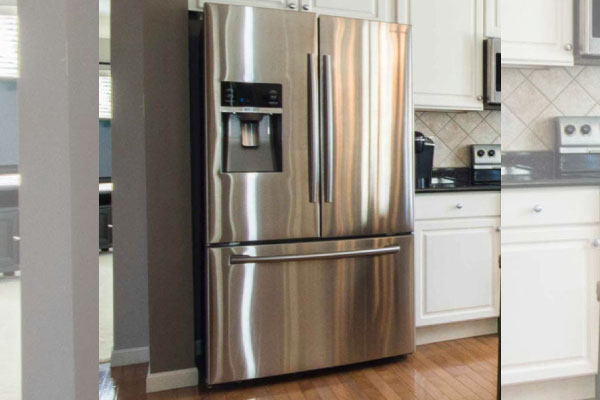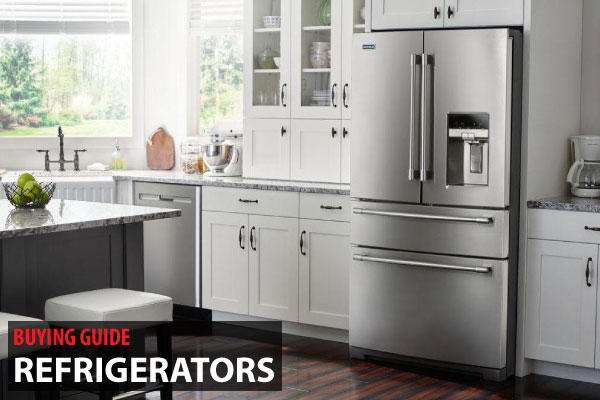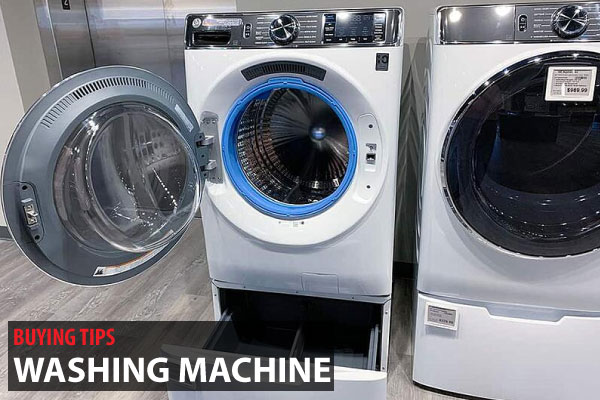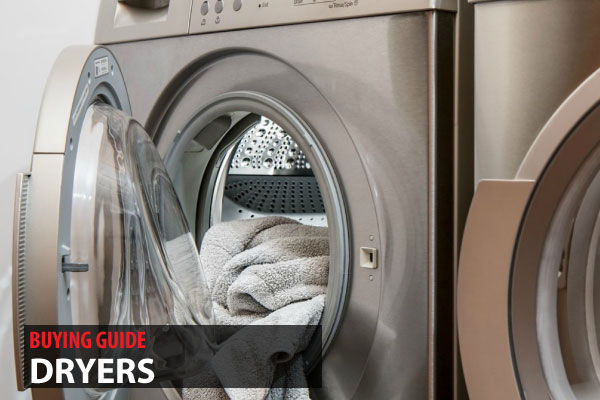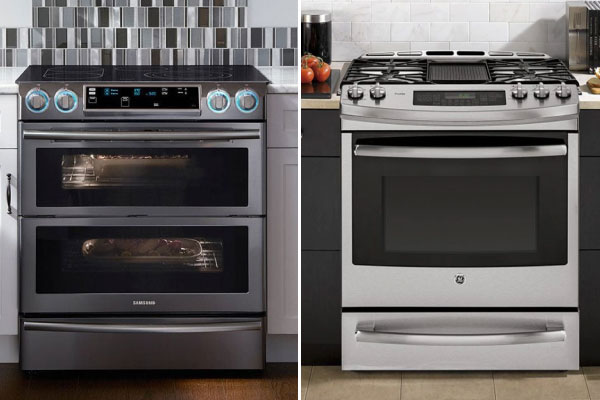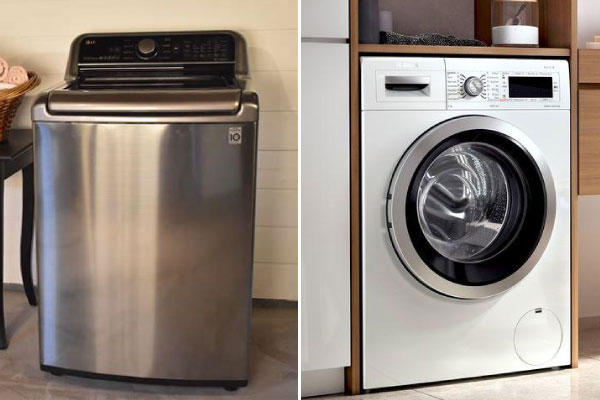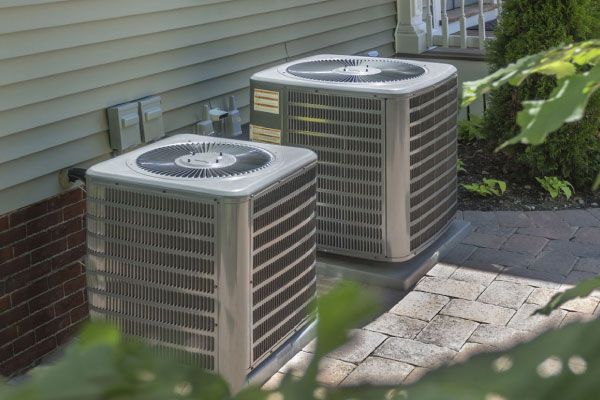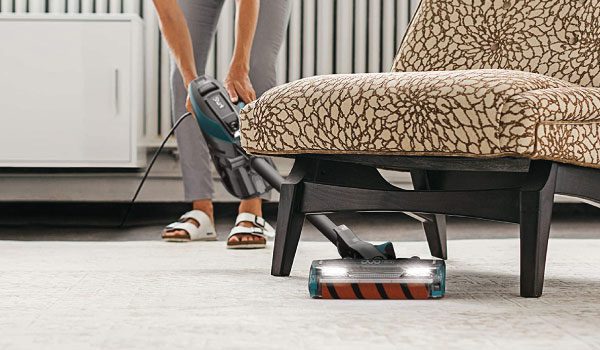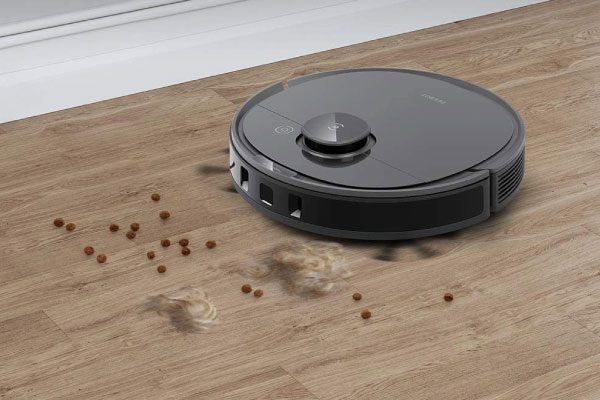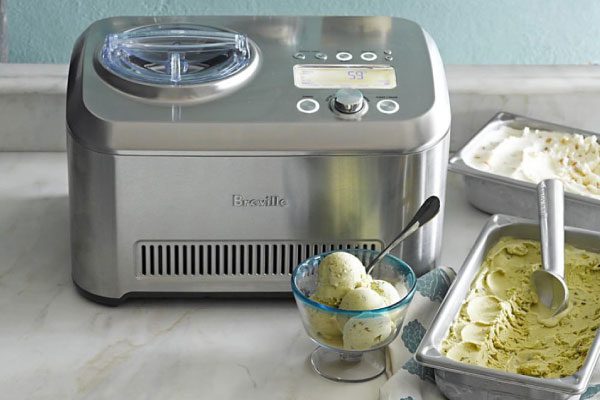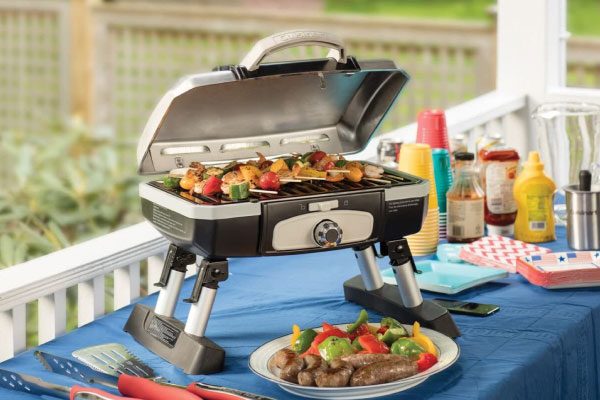Hearing Aids: Selecting the Right One
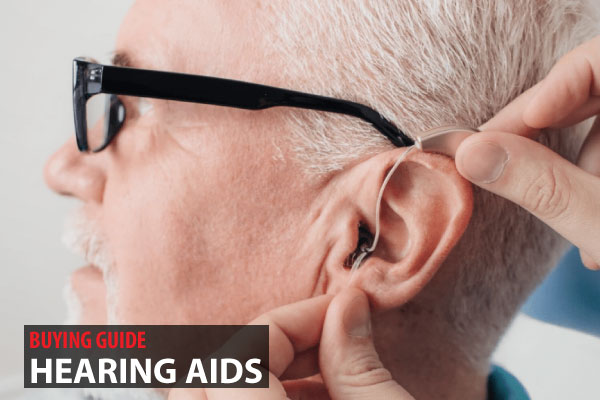
To know the best type among different hearing aids, Search factors to consider while selecting the hearing aid.
You might have decided about getting the hearing aid, but you have doubts about the look and work. You may find some help to overcome your concerns about
- Available hearing aid options
- Factors to keep in mind while buying it
- Getting comfortable with a hearing aid
Natural hearing cannot be recovered by hearing aids. They can only amplify the sounds to enhance your hearing and save you from trouble.
Working Of Hearing Aids

Every hearing aid consists of the same essential parts that carry sounds to your ear from your environment and make it louder. Many hearing aids in the market are digital. A rechargeable or traditional battery is used to power the hearing aid.
Small microphones gather sounds from your environment. An amplifier in the computer chip converts the sound to digital code. The sound is analyzed and adjusted according to the hearing loss of your ear, surrounding sound level and listening needs. The speaker or receiver of your ear gets the sound waves converted by amplified signals.
Hearing Aids Designs

There are different hearing aids of different sizes, prices, special features or the way of their placement in the ear.
Here are some common styles that hearing aid exhibits, starting with the least, the least appearance in an ear. Designers make small hearing aids to make them less visible while fulfilling the hearing aid demand. But you cannot get the best hearing with small hearing aids.
Completely IN Canal (CIC) & Mini CIC
A CIC hearing aid is designed to be fit in the ear canal. It can improve the hearing loss of adults up to a moderate level.
A completely-in-canal aid for hearing:
- Has the smallest size and most negligible visibility?
- Does not pick wind noise
- A small battery of shorter life and complex handling
- Does not have features like a directional microphone or volume control
- Earwax can clog the speaker
In-The-Canal
An in-the-canal(ITC) aid of hearing is custom-designed and can partially be fit in an ear canal. This styling improves up to the moderate loss of hearing in adults.
An in-the-canal aid of hearing
- Has less visibility than of larger size
- Has features that are not suitable for CIC aids but are hard to adjust because of the small size
- Earwax can clog the speaker
In The Ear

An in-the-ear(ITE) aid of hearing is custom-designed with two styles. One fills the outer ear area in a bowl shape, and the other covers the bottom part. Both are useful for people having mild hearing loss to severe loss. They also have directional microphones.
An In-the-Ear
- Consists of features not suitable for smaller hearing aids like volume control
- Can be handled easily
- Having a larger battery to get long life, can also use rechargeable batteries
- Pick more noise than smaller devices
- Has more visibility than small size devices
- Earwax can clog the speaker
Behind The Ear
A behind-the-ear(BTE) hearing aid is fixed over the ear top and goes behind an ear. A tube called an ear mold connects the aid, and a custom earpiece gets fitted in an ear canal. This type suits everyone of any age and any hearing loss kind.
A behind-the-ear aid of hearing
- The largest hearing aid type
- Comes with directional microphones
- Provide more amplification compared to other styles
- Pick more noise than other styles
- Has rechargeable battery
Ear Receiver Or Canal Reciever

These RIC and RITE styles are alike of behind the ear aid type with the receiver or speaker that sits in an ear canal. The tiny wire instead of tubing is used to connect the piece to the receiver or speaker.
A receiver-in-canal aid of hearing
- As it is placed behind an ear, so it has less visibility
- Comes with directional microphones
- Uses control options manually
- Comes with a rechargeable battery
- Earwax can clog the speaker
Open Fit
This type can be made by varying behind the ear hearing aid using the thin tube or by using an open dome with receiver-in-the-ear of receiver-in-the-canal aid. This design keeps opening an ear canal, allows sounds of low-frequency to enter and amplifies sounds of high-frequency using the hearing aid. This is a good choice for a better hearing with low-frequency and high-frequency for minor to moderate loss.
An open fit hearing aid
- Is visible
- Makes your voice sounds better
- Can be hard to insert in the ear
Additional Features
Few optional features are available to improve your hearing in a particular situation.
Noise Reduction: The amount to reduce noise varies in different types. Some can reduce wind noise.
Directional Microphones: Some aid types provide the capability to focus in one direction.
Rechargeable Batteries: Some types have batteries that can be recharged. They are easy to maintain.
Telecoils: The telecoil decreases the number of environmental sounds while using telephones compatible with telecoils.
Wireless Connectivity: You can connect hearing aids with some devices having Bluetooth compatibility using wireless.
Remote Controls: Features of a few hearing aids can be adjusted by using a remote control.
Direct Input Of Audio: The audio device can be plugged in through a cord.
Variable Programming: There is preprogrammed setting for listening needs stored in such aids.
Synchronization: You can programme two aids to work together.
Before Buying Consider Listed Options Before Buying a Hearing Aid
- Go for a checkup
- Go to the reputable audiologist
- Request the trial period
- Note important features
- Check the warranty
- Be careful about misleading claims
- Expense should be planned
Using hearing aid properly
Consider these points while using a hearing aid the first time.
- It will not make your hearing normal
- Time is required to get comfortable with a hearing aid
- Use hearing aids in a distinct environment
- Be positive and seek support
- Go back to investigate

